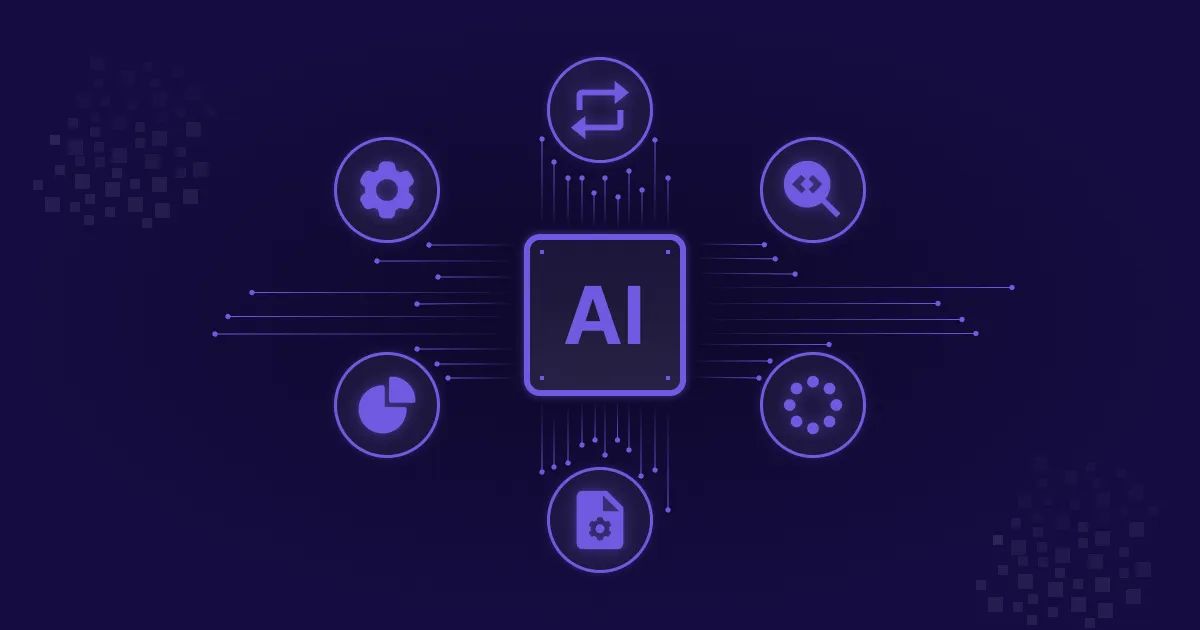Cloud Orchestration Tools: Top Solutions for Automation and Control
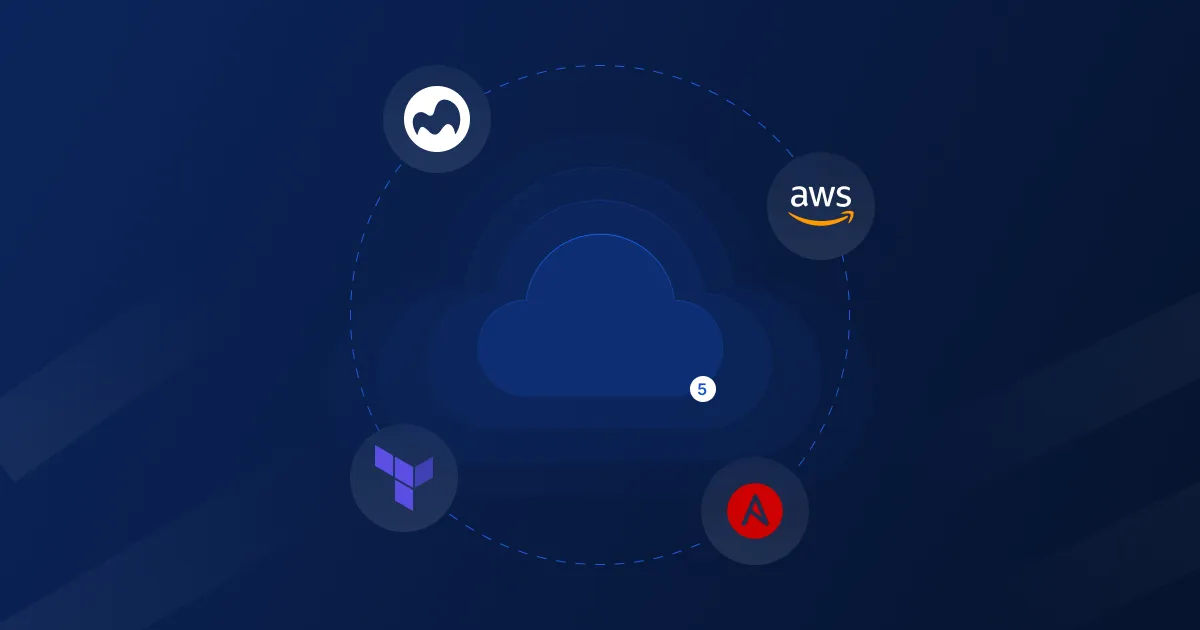
When the topic of cloud computing comes up, automation is always part of the conversation. We are past the point of wondering about its benefits. Other than eliminating errors and saving time, it also helps IT teams focus on innovations rather than the tiresome, repetitive tasks. This is why many teams rely on various cloud providers and their infrastructure components.
Cloud orchestration tools have become essential for businesses aiming to automate, manage, and scale their cloud infrastructure efficiently. With so many available options, companies may find it challenging to choose the right one.
For this reason, we have done the research and selected the top tools. We focused on their unique strengths, but most of all, we'll unveil why Microtica stands out as the leading choice for modern teams.
What Are Cloud Orchestration Tools?
Cloud orchestration tools are specialized platforms designed to automate and coordinate the management of cloud resources across diverse environments. They bring together various processes, APIs, and automated tasks into a unified workflow. It's all done to ensure that everything from servers to security protocols operates seamlessly and efficiently.
At the heart of these tools is the orchestration layer. This is a control hub that governs how resources are allocated, connected, and secured. It's a layer that synchronizes the deployment and operation of services, whether they’re running in a single cloud, across multiple clouds, or in hybrid setups.
Cloud orchestration tools are known for the following:
- Streamlining complex infrastructure management
- Enabling organizations to scale operations
- Reducing manual effort
- Maintain consistency across their IT landscape
Benefits of Cloud Orchestration
Cloud orchestration streamlines automation across complex, hybrid cloud environments while maintaining security and governance. It accelerates service delivery, reduces costs, and empowers users with self-service capabilities.
Some of the key benefits include:
- Optimizes resource usage and prevents over-provisioning
- Monitors systems with alerts and reports to quickly identify issues
- Automates data integration and enforces governance policies
- Manages dependencies across multiple cloud platforms for smooth task execution
- Integrates with identity and access management to secure automation workflows
- Eliminates the need for custom tools when new automations arise
- Provides workflow management and scheduling for IT and business teams
- Bridge private and public clouds for unified infrastructure control
Cloud Orchestration vs. Cloud Automation
Cloud orchestration and cloud automation may often be confused as being one and the same thing, when, in fact, they are not. Cloud automation focuses on automating individual, repetitive tasks within the cloud environment, such as provisioning a server or deploying an application. It handles specific actions that can be scripted or triggered automatically to improve efficiency and reduce manual effort.
Cloud orchestration, on the other hand, takes a broader approach. It coordinates and manages multiple automated tasks, ensuring they execute in the correct sequence and with the right inputs to complete complex workflows.
For example, when provisioning a Kubernetes cluster, automation handles discrete steps like setting up the control plane, adding nodes, and configuring storage. Orchestration ties these steps together, overseeing the entire process to ensure everything happens smoothly and in order.
Beyond task coordination, orchestration platforms centralize user authentication and access management. Instead of managing credentials separately for each cloud service, users can be registered once within the orchestrator and granted appropriate permissions across multiple clouds.
The Five Best Cloud Orchestration Tools
Here is a fun fact: around 402.74 million terabytes of data are created each day. Therefore, it's no wonder that more companies are seeking the help of various tools to assist teams in completing tasks fast. Let's explore some of the top-rated cloud orchestration tools.
1. Microtica

Microtica is the new generation of cloud orchestration tools that combines powerful automation with developer-centric features. The platform automates cloud infrastructure management using Infrastructure as Code (IaC) and ensures consistent, repeatable, and secure deployments.
Unlike pure orchestration tools such as Kubernetes or Terraform, Microtica delivers a unified experience with developer self-service, GitOps, monitoring, and application templates. At the same time, it keeps orchestration at its core, making it the ideal choice for teams seeking both power and simplicity.
There are many reasons why Companies prefer Microtica over any other tool. Here are some of the features:
- Offer the possibility for GitOps workflows. Companies can use Git as the single source of truth, automating infrastructure changes and enforcing consistency across all environments.
- It uses end-to-end orchestration and automates environment and infrastructure provisioning with the help of Kubernetes and IaC templates.
- Offers a library of reusable, secure, and scalable product-ready templates for infrastructure and application components. This is used to reduce errors and accelerate delivery.
- Seamlessly connects code changes to cloud deployments, with built-in automation for testing, building, and releasing applications.
- Transparency and stability is ensured through real-time monitoring, cost optimization recommendations, and AI-powered insights.
- Empowers developers with self-service portals, while eliminating bottlenecks and enabling faster, independent deployments.
2. Terraform
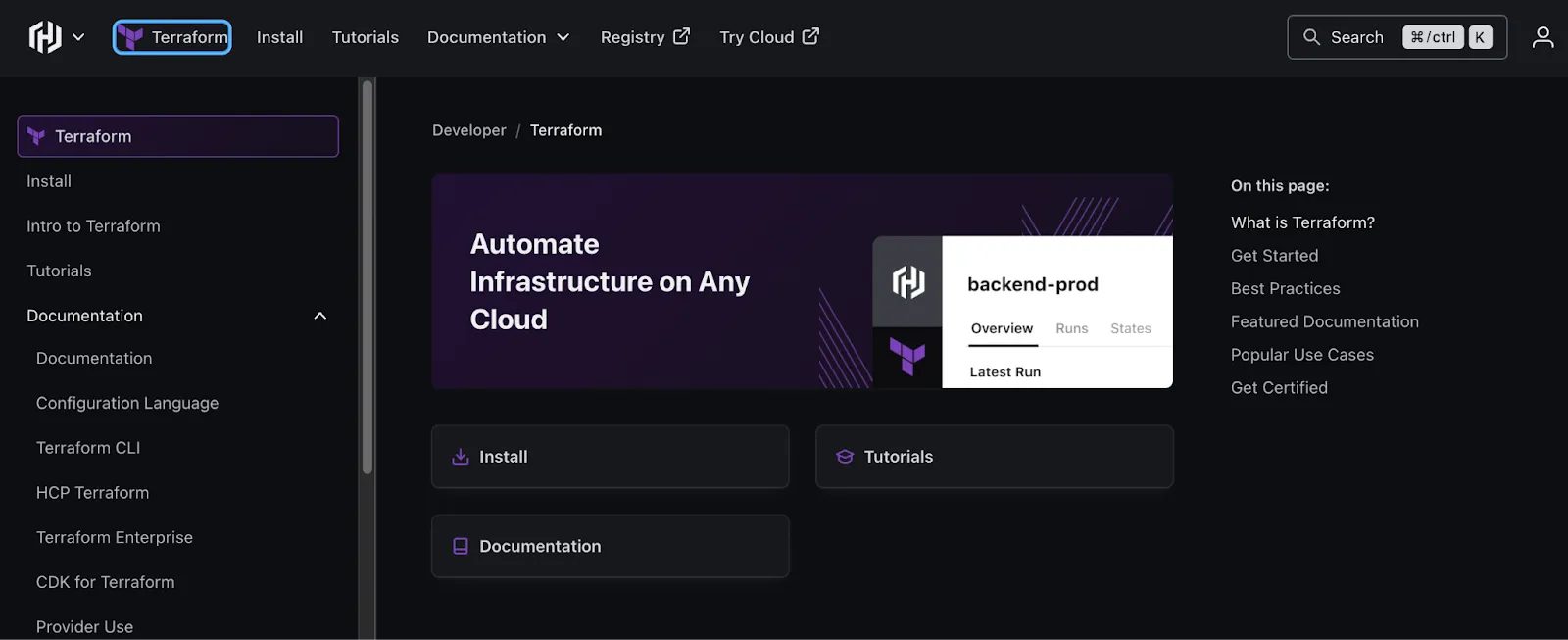
Terraform allows teams to define and provision cloud infrastructure using declarative configuration files. It supports multiple cloud providers and is widely used for managing infrastructure as code. This platform excels at automating infrastructure provisioning but lacks native CI/CD, monitoring, or developer self-service features.
Terraform benefits from a large and active user base that contributes to its ongoing development and support. However, mastering its configuration syntax and navigating the various cloud provider integrations can be challenging. This is especially true for straightforward tasks where a no-code orchestration solution might be more suitable.
3. Red Hat Ansible

Red Hat Ansible builds on the widely used Ansible automation engine, offering a polished, enterprise-ready platform. It is designed to simplify cloud and infrastructure management. Unlike the open-source core, Red Hat Ansible provides a centralized environment for deploying, configuring, and orchestrating resources across diverse cloud and on-premises environments.
This platform supports a range of scenarios, including hybrid cloud and edge computing. Teams can enforce configuration consistency, automate infrastructure provisioning, and continuously monitor systems for security and compliance. Designed as an all-in-one solution, it's a strong contender for teams who seek a unified orchestration platform that balances power with ease of use.
4. AWS CloudFormation
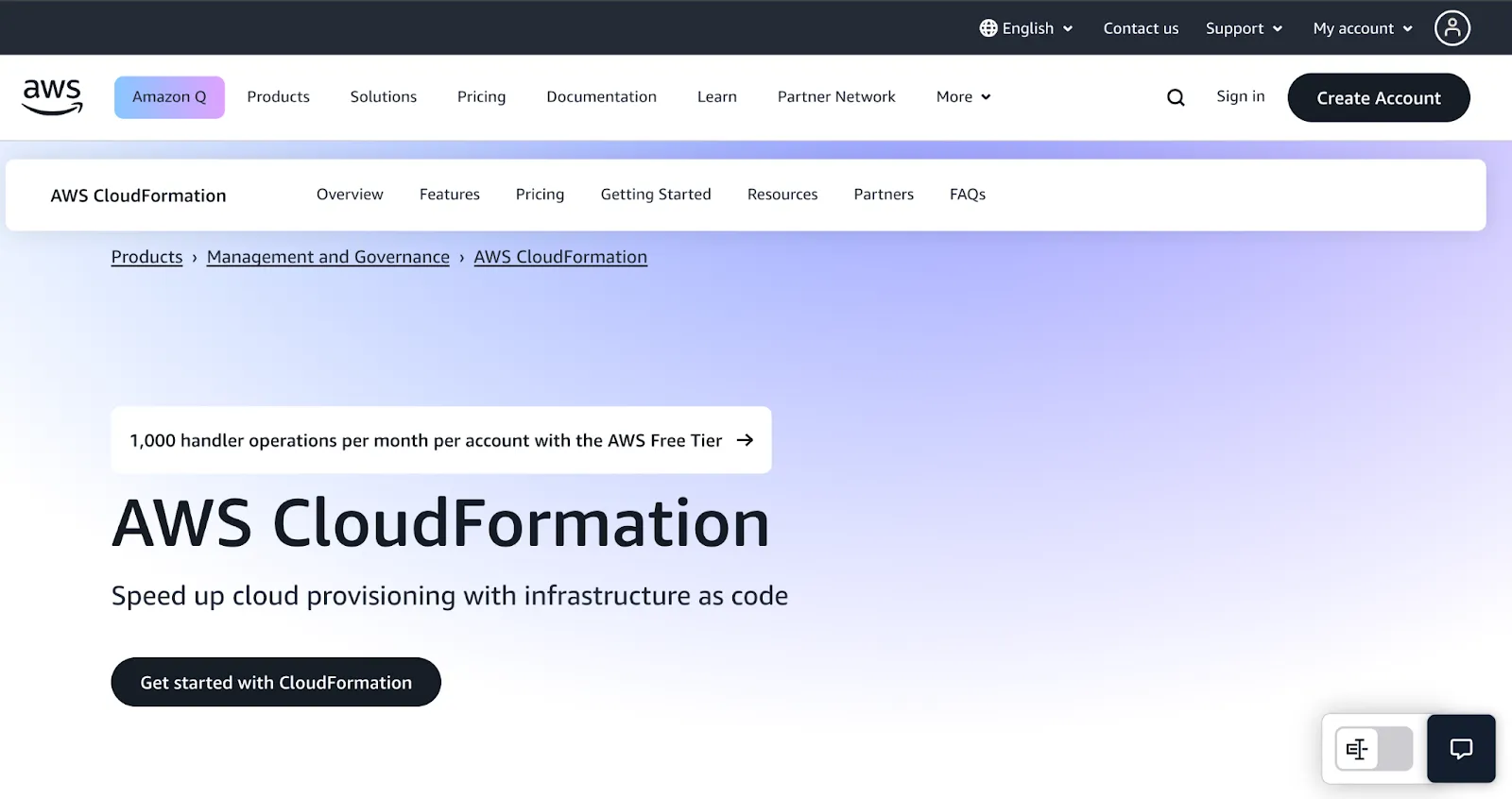
AWS CloudFormation enables you to define and provision AWS infrastructure using simple configuration files written in JSON or YAML. These templates serve as blueprints that specify the resources your application requires, such as servers, databases, and networking components, and their configurations. Once created, you can deploy these templates through the CloudFormation console, API, or CLI to automatically build and manage your AWS environment.
This platform is particularly well-suited for organizations deeply invested in AWS, as it offers native integration and eliminates the need for third-party tools. It simplifies managing large-scale AWS infrastructure by automating resource provisioning and updates, ensuring consistency and reducing manual errors. However, it is primarily designed for AWS and does not natively support multi-cloud environments.
5. CloudBolt
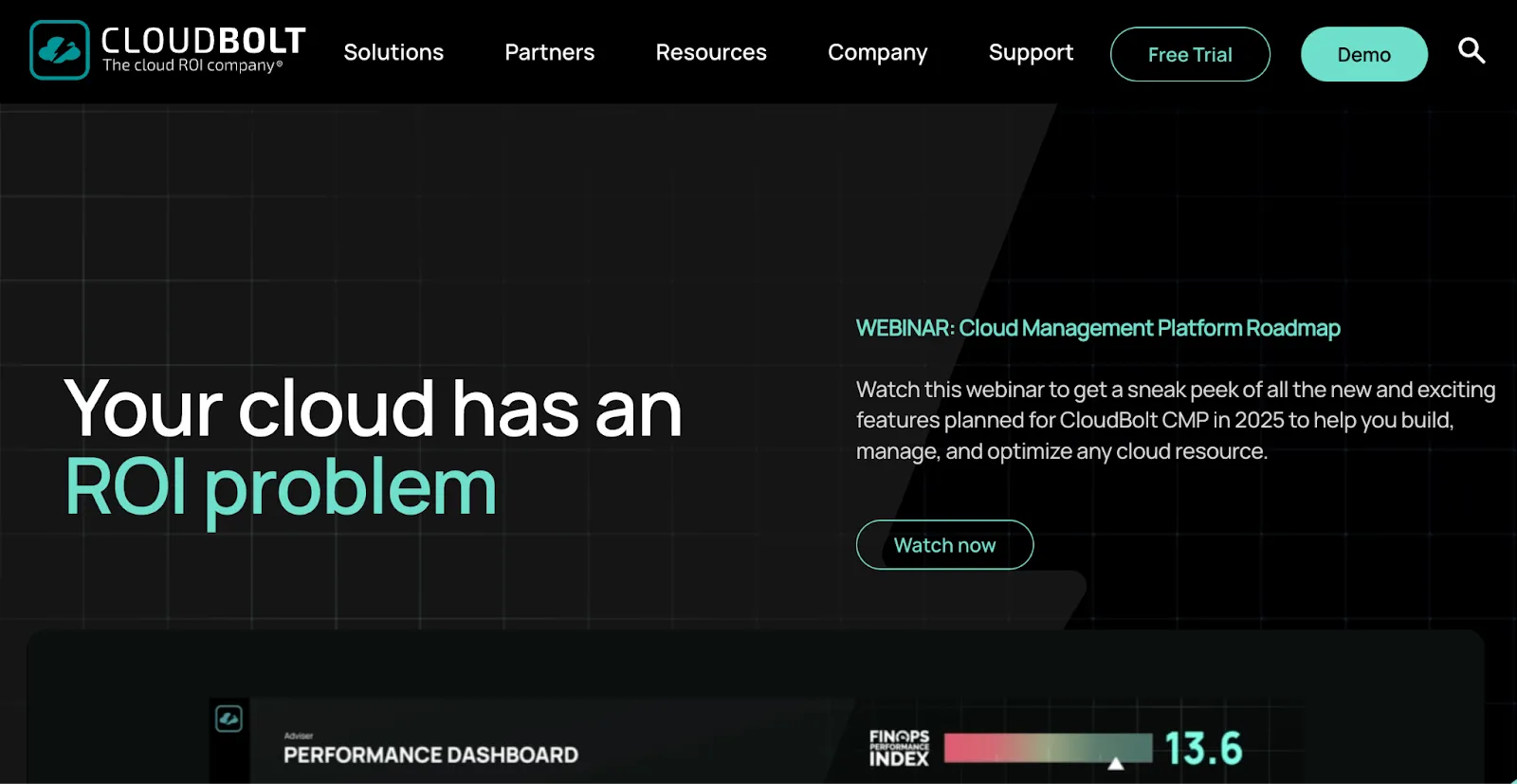
This hybrid cloud management platform is designed to streamline automation, enhance cost efficiency, and provide comprehensive visibility across multiple cloud environments. Cloudbolt's centralized dashboard offers a unified view of resource utilization, enabling teams to monitor all cloud accounts from a single interface.
One of CloudBolt’s standout features is its intelligent workload analysis, which delivers actionable recommendations to optimize performance and trim unnecessary expenses. This capability helps identify overlooked deployments and dormant cloud accounts, ensuring resources are used effectively.
In addition to cost management, CloudBolt emphasizes security by enforcing consistent guardrails across your infrastructure. The platform automatically generates security posture reports, making it easier to maintain compliance and uphold organizational standards.
Bottom Line
Cloud orchestration is designed to simplify the management of complex infrastructure, helping organizations save time and costs while accelerating productivity and time-to-market. Operating behind the scenes on the orchestration layer, it powers automation by coordinating multiple tasks seamlessly.
Modern orchestration tools are used to enhance control and visibility through user-friendly self-service portals. At the same time, they also enable teams to manage their cloud environments more effectively. However, many tools fall short when it comes to linking product architecture directly with cloud spending.
Microtica’s all-in-one approach gives teams everything they need to move fast and stay secure. Its focus on automation, developer empowerment, and cost efficiency sets it apart from traditional orchestration tools.
For teams seeking a modern, unified cloud orchestration solution, Microtica is the clear leader. Book a demo today.
Subscribe to receive the latest blog posts to your inbox every week.
*By subscribing you agree to with our Privacy Policy.

Relevant Posts

